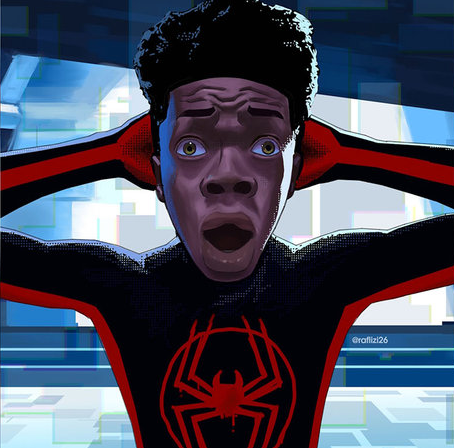

no one wants this, but everyone is indoctrinated into writing it that way and changing it would be a herculean task, probably recommending the format via NIST, which probably requires a functioning government to adopt it on governmental websites and forms, so first we have to create one of those…







Probably why Macron is in power and not Le Pen and the fascists.